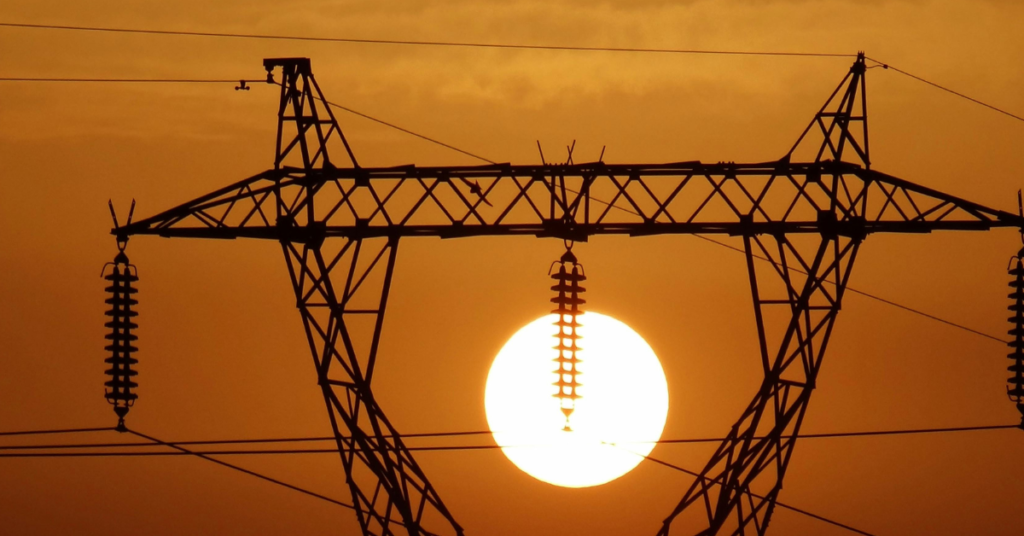The goal to electrify Africa is becoming a reality with the launch of Mission 300, an ambitious initiative by the World Bank and the African Development Bank. Aiming to provide electricity to 300 million Africans by 2030, this plan is backed by an initial pledge of $30 billion and seeks to mobilize over $90 billion from various funding sources.
Key Objectives and Strategies
Electrification Goal
The primary objective of Mission 300 is to connect 300 million people in Africa to electricity by 2030. This initiative addresses the severe lack of power that stifles productivity and constrains economic growth in some of the world’s poorest countries. By more than doubling the current speed of electrification, the plan seeks to transform the continent’s energy landscape.

Initial Funding and Financial Mobilization
The World Bank and the African Development Bank have committed an initial $30 billion to kickstart the project. However, achieving the $90 billion funding target requires a mix of public funds, concessional finance, and commercial investments. Philanthropic organizations like the Rockefeller Foundation, Global Energy Alliance for People and Planet (GEAPP), and Sustainable Energy for All (SEforALL) are crucial partners in mobilizing additional financing.
Technical Assistance Facility
A technical assistance facility has been established to evaluate projects and secure funding for those that qualify under Mission 300. Supported by the Rockefeller Foundation, GEAPP, and SEforALL, this facility aims to accelerate the electrification plans by providing expert guidance and financial backing to viable projects across sub-Saharan Africa.
Private Sector Involvement
Recognizing the significant funding gaps, the plan emphasizes the need for private sector investment. Institutions like the International Finance Corporation (IFC) and Multilateral Investment Guarantee Agency (MIGA) are offering incentives and guarantees to encourage companies to invest in electrification projects. This collaboration seeks to leverage private capital, expertise, and innovation to expand energy access.
Regional Partnerships and Platforms
Mission 300 builds on strong relationships with regional institutions, such as the Common Market for Eastern and Southern Africa (COMESA). By creating a “one-stop-shop” regional platform, the initiative facilitates technical assistance, capacity building, and finance mobilization. This integrated approach ensures efficient allocation of resources and effective project implementation across different countries.
Implementation and Progress
Assessment of Beneficiaries
The implementation phase has commenced with the assessment of the first potential beneficiaries. This critical step involves identifying projects that align with Mission 300’s objectives and ensuring they receive necessary support. By focusing on high-impact projects, the initiative aims to maximize its reach and effectiveness.
Philanthropic Support and Project Evaluation
Philanthropic partners, including the Rockefeller Foundation and SEforALL, are instrumental in evaluating projects and securing funding. Their expertise and resources help fast-track electrification plans, ensuring that viable projects move swiftly from concept to execution.
Impact and Challenges
Economic Development and Job Creation
Providing electricity to 300 million Africans is expected to have a transformative impact on the continent’s economies. Access to reliable power will drive industrial growth, enable businesses to operate more efficiently, and create employment opportunities. By fostering a conducive environment for economic activities, Mission 300 aims to reduce poverty and enhance the quality of life for millions.
Addressing Climate and Energy Challenges
Africa faces the dual challenge of expanding energy access while addressing climate change. Mission 300 seeks to promote sustainable energy solutions, reducing reliance on polluting generators and traditional biomass fuels like firewood and charcoal. By investing in clean energy technologies, the initiative contributes to environmental sustainability and resilience against climate impacts.
Access to Electricity as a Human Right
With over 600 million people without electricity, Africa has the lowest energy access rate in the world. This lack of power affects critical services, including healthcare, education, and communication. Mission 300 recognizes access to electricity as a fundamental human right and a cornerstone for achieving broader development goals.
Dr. Rajiv J. Shah, President of The Rockefeller Foundation, emphasized the significance of Mission 300, stating:
“Whether our collective future is defined by crisis or opportunity depends on big bets like Mission 300—the most important global development undertaking in decades. Empowering 300 million Africans by 2030 will require us to more than double the current speed of electrification. That is only possible if we try new things, working in new ways with new partners at a scale previously unimaginable. This growing public-private alliance will prove what’s possible.”
Latest Developments and Timeframes
Project Implementation Timeline
- Assessment Phase: The evaluation of potential beneficiaries has begun, marking the transition from planning to action.
- Technical Assistance Operational: With the technical assistance facility now operational, Mission 300 is poised to accelerate electrification efforts over the next seven years.
- 2030 Goal: The ambitious target to provide electricity to 300 million Africans by 2030 necessitates rapid and sustained action, with milestones set to monitor progress and adjust strategies as needed.
Investor Benefits and Opportunities
Investors stand to gain from participating in a transformative initiative with significant economic potential. The development of energy infrastructure opens up opportunities in transmission, distribution, and cross-border energy trade. With support from IFC and MIGA, investors receive incentives and risk mitigation measures, making participation more attractive.
Why This Is Positive for Africa
Mission 300 represents a monumental step towards addressing one of Africa’s most pressing challenges. By providing widespread access to electricity, the initiative will:
- Enhance Quality of Life: Electricity enables access to essential services like healthcare, education, and clean water, improving overall living standards.
- Boost Economic Growth: Reliable power supply attracts investment, stimulates industrialization, and fosters entrepreneurship.
- Promote Environmental Sustainability: Focusing on clean energy solutions supports efforts to combat climate change and reduce pollution.
- Strengthen Regional Integration: Collaborative platforms and cross-border projects enhance cooperation and unity among African nations.
The $90 billion World Bank plan to electrify Africa, known as Mission 300, is more than an infrastructure project—it’s a catalyst for transformative change. Through strategic partnerships, innovative financing, and a shared commitment to progress, the initiative aims to light up the lives of 300 million people by 2030. Mission 300 embodies hope, opportunity, and a brighter future for Africa.





